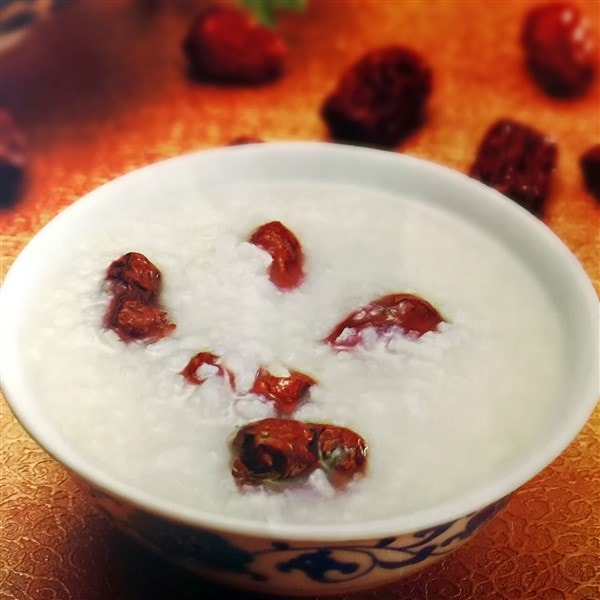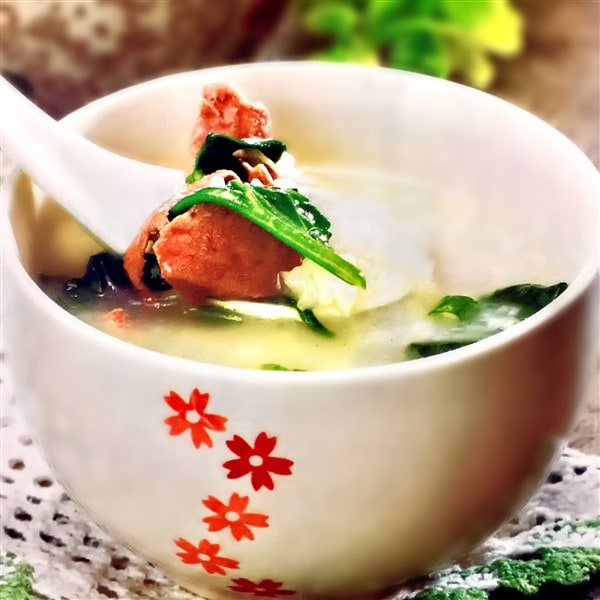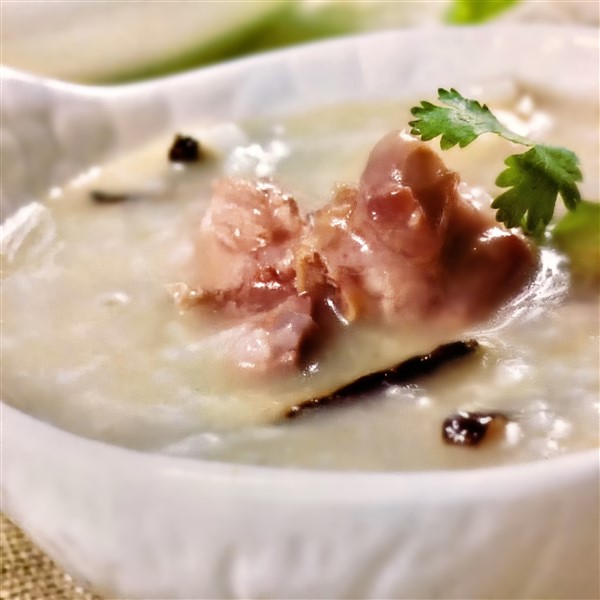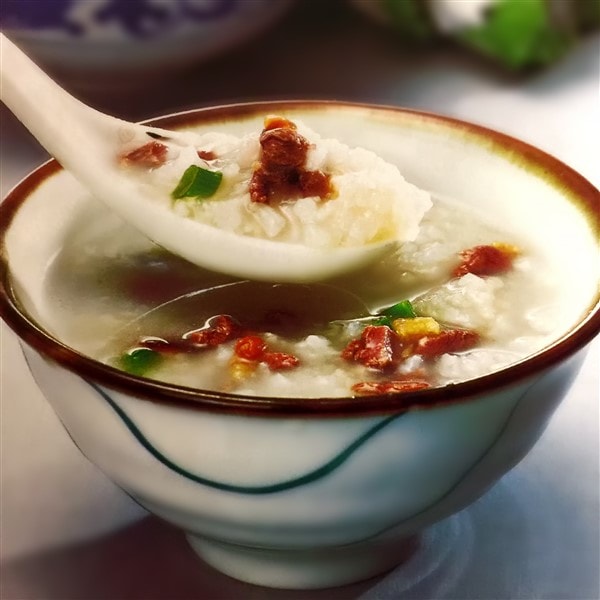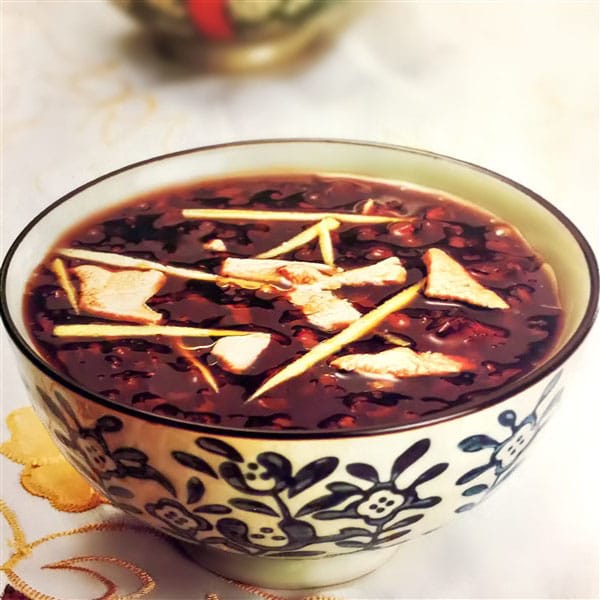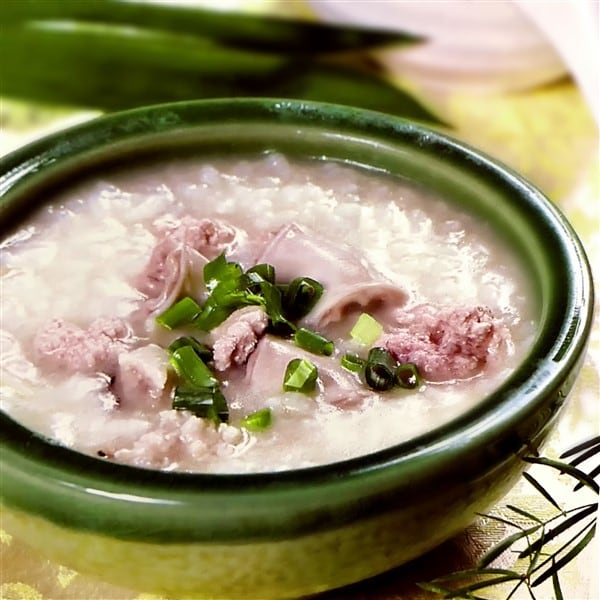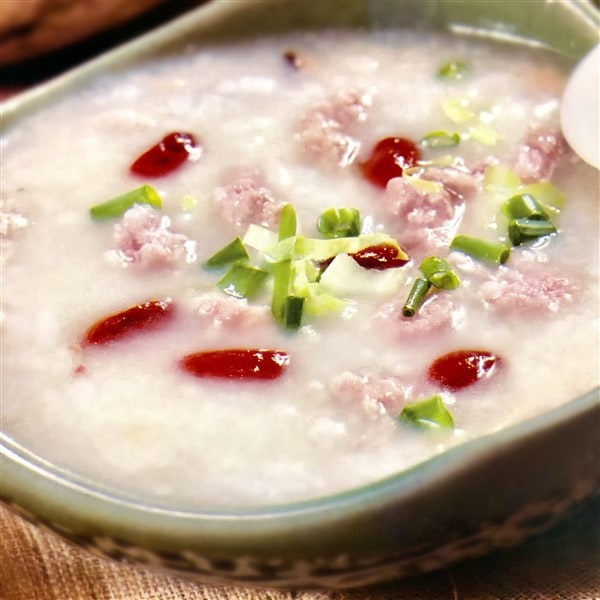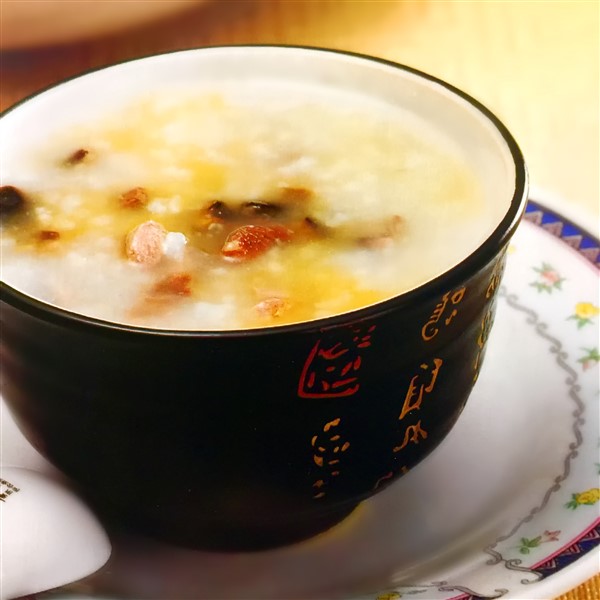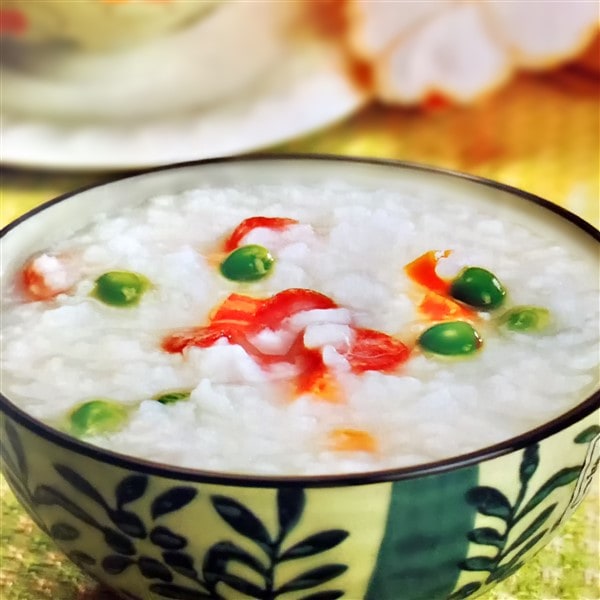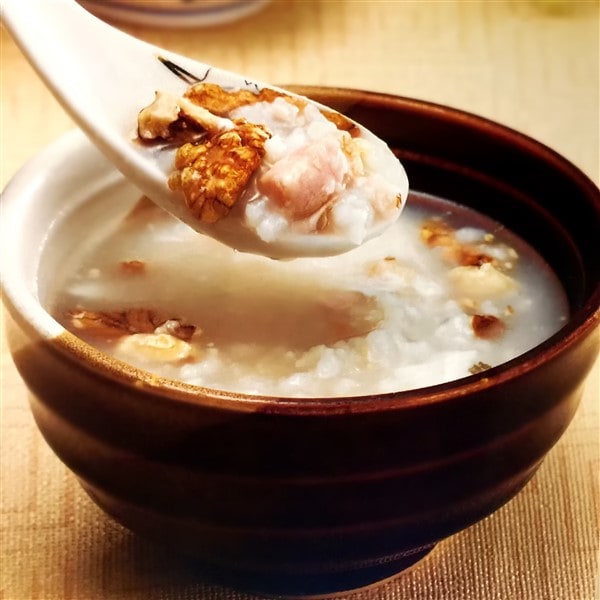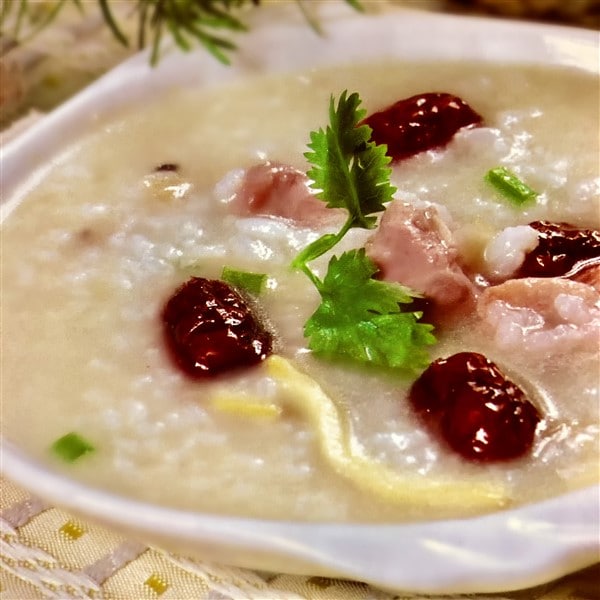Other Congee
Traces of congee's existence can be found throughout China's thousands of years of written history. Its earliest mention is in the Book of Zhou: "The Emperor began to boil grain in order to make congee." It is also recorded in the section "Chu Long Speaks with The Empress Dowager of Zhao" in Strategies of the Warring States: "‘Can your food consumption not be reduced?' The Empress Dowager responded: 'I rely solely upon congee and nothing more.'" In one aspect, this shows the importance of congee, and its continuation to the present day.
Today, congee still occupies an important part of people's diets. And if you were to ask which people were the greatest lovers of congee, the answer would be the people of Guangdong Province. It is eaten every day in Guangdong, and the congee produced there is thoroughly well-known.
Congee in Guangdong
It is no exaggeration to say that Cantonese congee is perhaps the world's finest. The variety found in the hundreds of different types of congee in the region is enough to make any congee-lover's mouth water. Congee is a far more important part of life in Guangdong than it is in other regions, and it has become a staple food for the Cantonese.
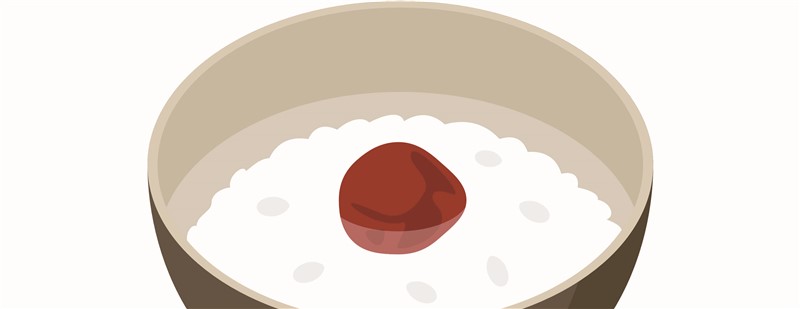
Perhaps this is a result of the geography of Guangdong Province. In its warm, wet climate, congees of all kinds became an ideal food for Cantonese people. Cantonese congee can be made from a vegetarian or non-vegetarian base. Afterward, ingredients such as fish, shrimp, crab, chicken, or pork are mixed with the congee. This traditional kind of congee is often seen outside of China. However, here, you will be able to find a few types of congee that are rarely seen abroad, such as those made with pigeon, sausage, quail, lamb bone, or pig intestine.
When you're in Guangdong, don’t miss out the chance to sample a bowl of congee. It is the best way to get a feel for the customs and flavors of this part of China.
